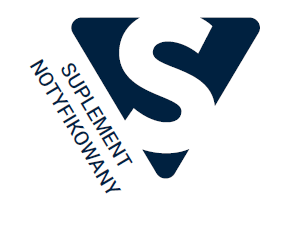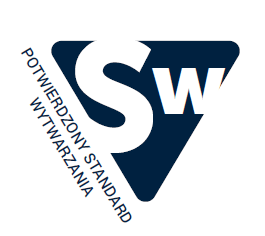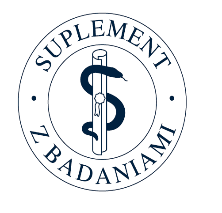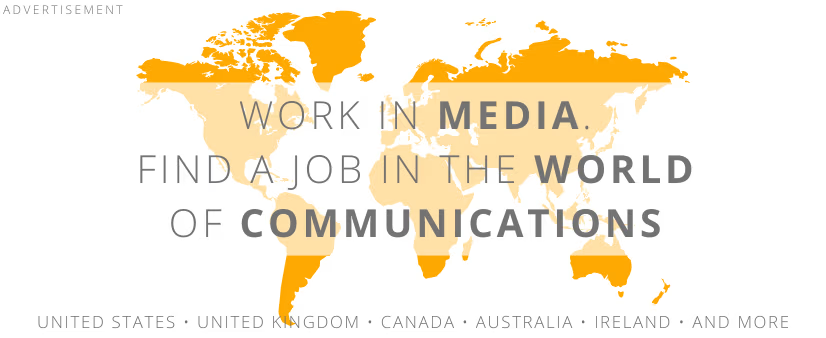 photo: freestocks.org from Pexels
photo: freestocks.org from PexelsWhat is supplementation? Do I need it? If so, what vitamins, trace elements, or other substances does my body need? What about my child’s needs? Or my friend’s, who is very active in sports?
The initial conclusions drawn from these questions are as follows:
- supplementation should be individualized, following consultation with a specialist,
- incorrectly chosen supplements may lead to additional health problems, especially for people who take medication regularly or those who consume too many supplements at high doses,
- use dietary supplements wisely only when needed, or avoid them entirely if they may negatively impact your health.
How can we practically apply these recommendations? This is no easy task, especially as we are constantly bombarded by ads for miracle products for weight loss, better sleep, well-being, good digestion, and many other conditions.
Let’s try to navigate through this maze of marketing messages and find reliable information about dietary supplements. What should we know to use these products safely? This brings up several important questions:
- Is a given dietary supplement approved for use in Poland?
- Does the manufacturer meet the standards that guarantee product quality?
- Is the chosen supplement safe for me, and is its use beneficial?
We can answer the first question by consulting the Main Sanitary Inspectorate register. In the register, we’ll find basic information about dietary supplements, such as the product name, form, qualitative composition, the name of the entity that markets the supplement, GIS’s administrative decisions, and additional notes (e.g., if the product is banned from sale).
Consulting the register thus allows us to take the first important step: determining whether a supplement is legally on the Polish market.
The answer to the second question about the manufacturer and product quality is more complicated. The GIS register will tell us who the manufacturer is, but we won’t know whether the product quality is satisfactory or if product x or y with a similar composition is preferable.
To help answer these questions, there is the Suplindex – dietary supplements service. It is the first information and educational program in Poland that organizes the dietary supplement market based on current knowledge. Although the materials on the site are provided by dietary supplement manufacturers, they contain valuable information that is difficult to find on other platforms.
All products listed in the Suplindex catalog have been submitted to the Main Sanitary Inspectorate and successfully completed the notification process. This means they are approved for sale in Poland. They are marked as follows:
 A dietary supplement for which the manufacturer has provided all necessary information and documentation confirming its registration with the Main Sanitary Inspectorate
A dietary supplement for which the manufacturer has provided all necessary information and documentation confirming its registration with the Main Sanitary InspectorateAnother key piece of information in Suplindex is whether the dietary supplement was produced according to a safety standard. The manufacturer must prove that additional, non-mandatory safety standards were implemented during production and distribution. The "Confirmed Manufacturing Standard" mark is based on voluntary certification undergone by the manufacturer, and the quality and value of documents are verified by Suplindex specialists:
 A dietary supplement produced in a facility certified to one of the recognized safety standards
A dietary supplement produced in a facility certified to one of the recognized safety standardsThe last, very important label that may appear with dietary supplements in the Suplindex catalog is the “supplement with research” designation:
 A dietary supplement tested in accredited laboratories
A dietary supplement tested in accredited laboratoriesThis label helps consumers assess product quality. The manufacturer has subjected the product to independent testing and implemented quality standards that confirm the composition aligns with the values declared on the packaging. The tests must be conducted by independent, accredited laboratories to confirm the supplement’s safety.
One downside of Suplindex is that not all supplements available on the Polish market and listed in the GIS register are included in the catalog. This is because not all manufacturers choose to include their supplements in the catalog and undergo verification. However, those who do gain credibility.
Besides Suplindex, information about supplements, their quality, and uses can also be obtained in pharmacies. This is especially relevant for manufacturers who have been on the market for years and prioritize educating pharmacists and pharmacy technicians, providing them with detailed information on supplement composition, quality, and dosage.
Speaking of pharmacists, we would also like to mention the blog by Zosia Winczewska and her mini guide on the most commonly used supplements. The content in this guide is written in an accessible way, and its practical tips help users choose the right dietary supplement.
By relying on the knowledge of pharmacists, doctors, and other specialists, we can therefore answer the third question posed in this article: Is the selected dietary supplement safe for me, and is its use beneficial?
Unfortunately, there is no comprehensive source of information in Poland on supplementation and dietary supplements available in pharmacies and beyond. No portals are dedicated to supplement safety where we could find complete information about these products - from registration to testing and safe use. Information about dietary supplements often mixes with advertising, and we constantly hear advice about the importance of supplementation.
Therefore, the sources of information mentioned in this article are only guideposts through the maze of advertising and sponsored content. We hope they help to somewhat organize the information chaos, and that equipped with knowledge from the GIS register, Suplindex, and Zosia Winczewska’s blog, we will have a clearer view of the need to purchase a dietary supplement or decide to skip another "miracle product." At the same time, it would be wise to reevaluate our diet, increase physical activity, reduce stress, and spend more time with family and friends. Then we might find that no supplementation is needed at all.
Also read:
COMMERCIAL BREAK
New articles in section Marketing and PR
Dance in the media mirror. Between culture, business and viral fame
KFi
Over 78,000 media pieces, 1.6 billion potential views, and 197,500 social media mentions-dance in Poland is no longer niche. With a combined media value exceeding PLN 800 million, it now outperforms MMA, handball, and hockey.
PR in Poland. Ranking of the largest public relations agencies 2025
KFi
The smallest teams often generate the most publications, and agencies outside Warsaw are increasingly capturing media attention. This unexpected distribution of power is one of the key findings from the 2025 PR Agency Ranking in Poland, developed by Widoczni and IMM.
Connected TV and borderless advertising. The ID5 report
KFi
Viewers are moving away from cable TV. And they are doing it en masse. Already 86% of Europeans watch content via Connected TV and global ad spend in this segment is set to double by 2028. The industry is undergoing a communication revolution.
See articles on a similar topic:
Child's sleepless nights? Educator suggests solutions for parents
patronat Reporterzy.info
Sleepless nights lead to fatigue, frustration, and worries about potential health issues for the child. Fortunately, most sleeping problems can be resolved by introducing appropriate habits and routines that help achieve a peaceful, restorative sleep.
Costs of link building are way overestimated. A major analysis by Adsy
Krzysztof Fiedorek
A guest post for $45? Or maybe $4595? Price differences reach up to 100x, and the market is full of absurdity: sellers demand fortunes, buyers pay a fraction. The beauty industry costs less than literature, and Ireland beats the US hands down. Analysts at Adsy have taken a deep dive into the SEO trade.
What to do when a child bites nails? Advice from a child psychologist
patronat Reporterzy.info
For children, nail-biting is often a way to cope with boredom or stress. However, our role is to intervene when we notice this habit, not only for aesthetic reasons but also to address potential underlying causes. What might these be, and what can we do?
Online advertising 2024/2025 report by IAB Poland
KFi
Online ads now consume 57% of all budgets. Companies spent 1.62 billion PLN on video formats alone. After leaner years, the numbers are rising sharply. Digital advertising grew by 20% in a year. Traditional formats are slowly fading.






























